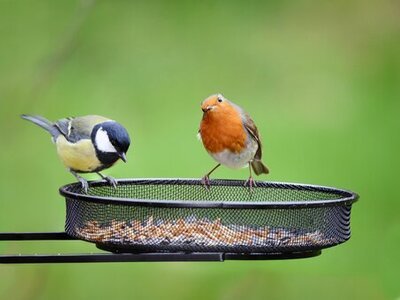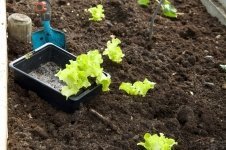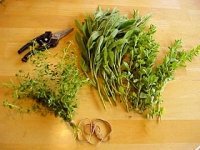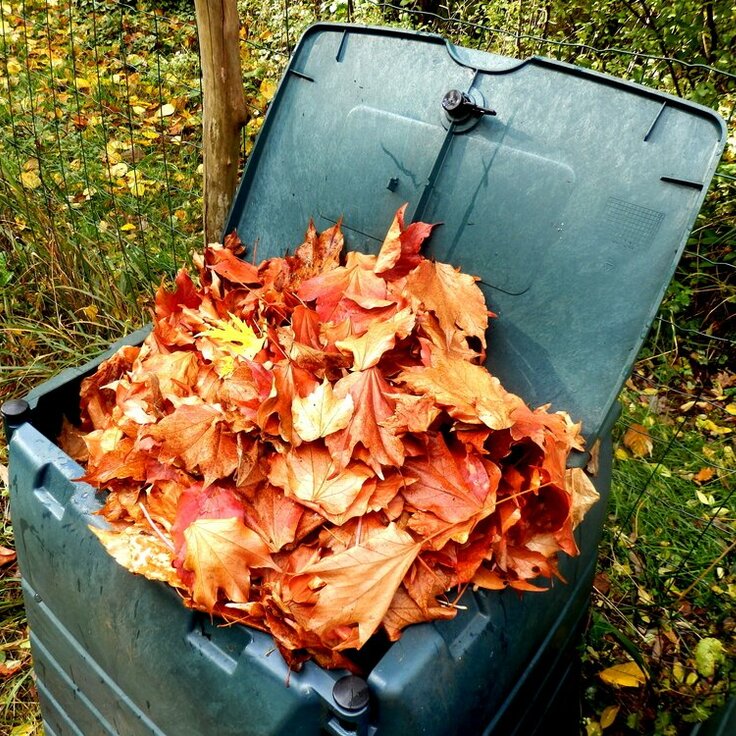Easy Crop Rotation For Your Garden
Rotating crops can help break pest and disease cycles, improve soil health, and even reduce maintenance while increasing yields. But the thought of rotational planting can be daunting. This article explains why crop rotation is important and sets out a simple three-year rotation for an organic vegetable garden.
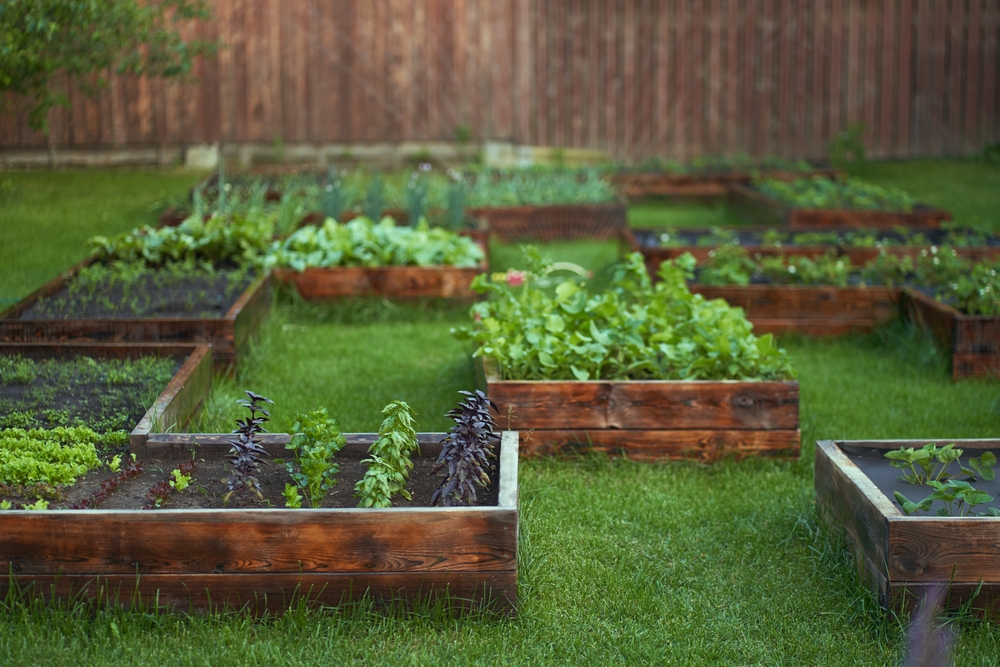
Why Rotate?
Crop rotation is perhaps the most fundamental practice of any grower working any plot of land anywhere in the world. The benefits are well known and apply to both organic and conventional (chemical) management programs. Crop rotation is essentially free because the only ‘cost’ involved is the time spent planning.
Traditionally, rotation has been used to break pest and disease cycles and as a way to preserve soils even while planting the same type of plant over and over in the same place. Failing to rotate means growers must use more pesticides, fungicides, and other chemicals with their associated economic and environmental costs. Rotation cuts these costs – sometimes to zero.
In addition, rotation has a lot of untapped potential. With the right design, tools, and timing, rotation can achieve all the goals mentioned above plus weed control – which is a major issue in organic vegetable production. A weed is simply a plant out of place. However, weeds can be a real challenge for home gardeners.
The rotation explained below is based on weed management. Before we get into the details of it, consider these pieces of essential information.
- When thinking about crop rotation, remember the garden beds stay put and the type of veggie moves each year.
- As far as mulch goes, hay is usually cheaper than straw, but it contains weed seeds. Straw is more expensive, but it is usually free of seeds.
- A fourth bed (and year) that is planted in a cover crop, such as clover, can easily be added to the rotation below.
- If your favorite vegetable does not appear in this rotation, think about its characteristics and slot it where most appropriate.
It is human nature to blossom at the possibility of building something new but to wilt at the thought of upkeep. People tend to love projects but hate maintenance. This system is designed with that in mind. After the initial design and installation, ongoing maintenance is kept to a minimum.
An Easy Three-Year Rotation
As noted above, the principle design strategy behind this rotation plan is weed management. With this in mind, the plants grown in each bed are selected for key characteristics that suit the management techniques for that particular bed. For example, tomatoes and onions tend to grow well when heavily mulched, while carrots and beets should be sown into a bed clear of mulch and weed seeds.
As implied, this rotation plan includes a mulched bed and an un-mulched bed; but what about the third bed? It is a transitional bed planted with vegetables whose form suits a regular schedule of light tilling. This will become perfectly clear as each bed is explained below. To keep things simple, the beds will be identified as Mulched, Transitional, and Weed-Free.
Read more from fix.com


